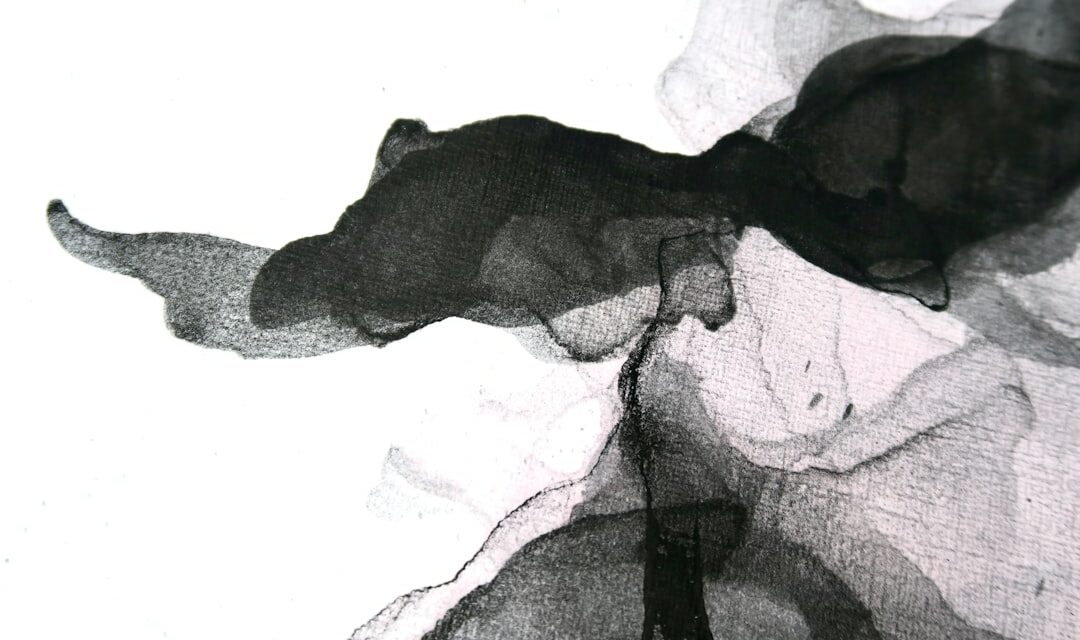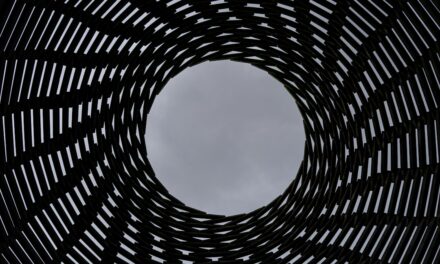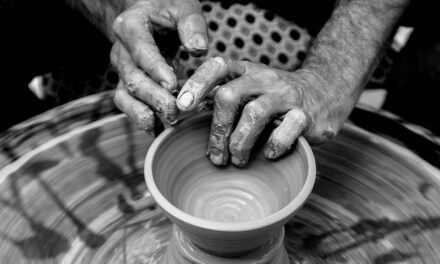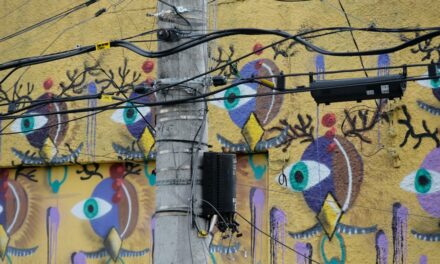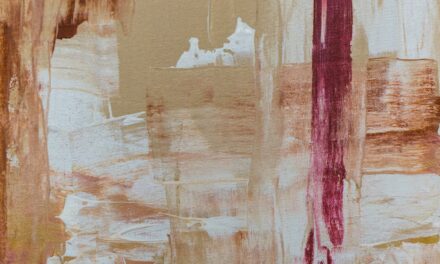Haboku, a term that translates to “broken ink,” is a distinctive style of Japanese ink painting that emerged during the Muromachi period (1336-1573). This era was marked by significant cultural and artistic developments, influenced by Zen Buddhism, which emphasised simplicity, spontaneity, and a deep connection with nature. The origins of Haboku can be traced back to the practices of Chinese ink painting, particularly the literati style, which celebrated the expressive potential of brushwork and the philosophical underpinnings of art.
However, it was in Japan that Haboku evolved into a unique form, characterised by its emphasis on the emotional and spiritual aspects of the natural world. The development of Haboku is closely linked to the Zen aesthetic, which prioritises the experience of the moment over meticulous representation. Artists sought to capture the essence of their subjects rather than their physical forms, leading to a style that often appears spontaneous and unrefined.
This approach was not merely a stylistic choice but a reflection of Zen principles, where the act of creation itself is seen as a meditative practice. The early practitioners of Haboku, such as Sesshū Tōyō, played a pivotal role in establishing this art form, blending traditional techniques with their own interpretations of Zen philosophy. Their works laid the groundwork for future generations of artists who would continue to explore and expand upon these ideas.
Summary
- Haboku originated in Japan during the Muromachi period, influenced by Chinese ink painting techniques.
- The brushwork in Haboku is characterised by spontaneous and expressive strokes, creating a sense of movement and energy.
- Haboku artists utilise space to create a sense of depth and atmosphere, often leaving areas of the paper untouched to evoke a feeling of openness.
- Nature plays a significant role in Haboku, with artists drawing inspiration from natural landscapes and elements such as wind, water, and mountains.
- Traditional materials and tools for Haboku include sumi ink, washi paper, and a variety of brushes, each contributing to the unique textures and effects in the artwork.
Understanding the Brushwork in Haboku
The brushwork in Haboku is one of its most defining features, showcasing a remarkable range of techniques that convey both movement and emotion. Unlike more rigid styles of painting that rely on precise lines and detailed rendering, Haboku embraces a fluidity that allows for greater expression. The brushstrokes can vary from bold and sweeping to delicate and intricate, reflecting the artist’s emotional state and their connection to the subject matter.
This variability is not merely aesthetic; it serves as a means of communication between the artist and the viewer, inviting them to engage with the artwork on a deeper level. In Haboku, the act of painting is often seen as an extension of the artist’s inner self. Each stroke is imbued with intention and spontaneity, capturing fleeting moments in time.
The use of ink, which can be manipulated to create varying degrees of opacity and texture, further enhances this expressiveness. Artists may employ techniques such as “fude” (brush) control to achieve different effects, from soft washes that evoke misty landscapes to sharp lines that suggest the jagged edges of mountains. This mastery of brushwork is not simply about technical skill; it is also about understanding the emotional resonance of each stroke and how it contributes to the overall composition.
Exploring the Use of Space in Haboku
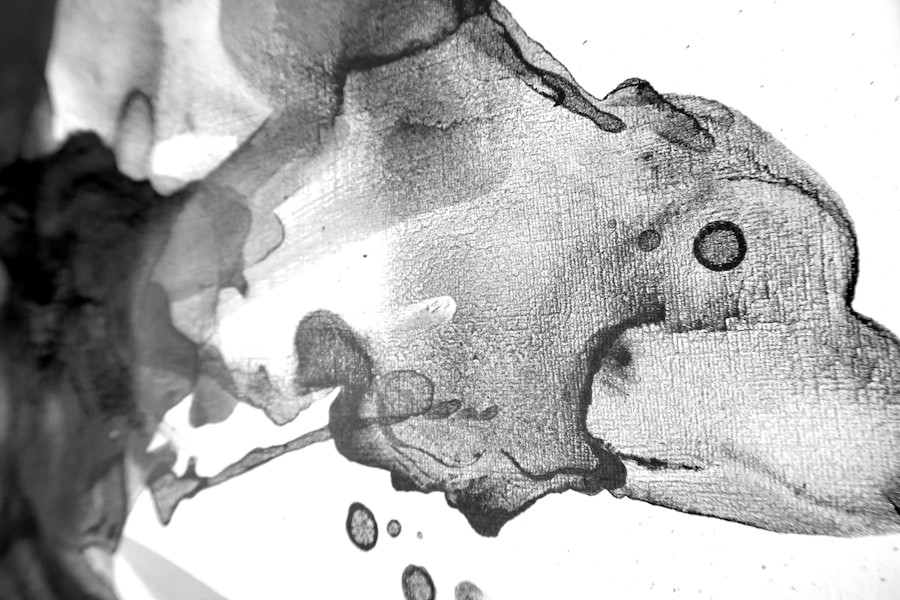
Space in Haboku is treated with a unique sensibility that reflects both Zen principles and traditional Japanese aesthetics. The concept of “ma,” or negative space, plays a crucial role in this art form. Rather than filling every inch of the canvas with detail, artists often leave areas intentionally blank, allowing the viewer’s imagination to fill in the gaps.
This approach creates a sense of balance and harmony within the composition, inviting contemplation and reflection. The empty spaces are as significant as the painted areas, embodying the idea that absence can be just as powerful as presence. The strategic use of space also serves to enhance the emotional impact of the artwork.
By juxtaposing densely painted areas with expansive voids, artists can evoke feelings of solitude, tranquility, or even tension. This interplay between filled and unfilled space encourages viewers to engage with the artwork on multiple levels, prompting them to consider not only what is depicted but also what is suggested by what is left unsaid. In this way, Haboku transcends mere representation; it becomes a dialogue between the artist, the artwork, and the observer.
The Influence of Nature in Haboku
Nature has long been a central theme in Japanese art, and Haboku is no exception. The natural world serves as both inspiration and subject matter for many artists working in this style. The landscapes depicted in Haboku often reflect a deep reverence for nature, capturing its beauty and transience through expressive brushwork and thoughtful composition.
Mountains, rivers, trees, and clouds are common motifs, each rendered with an emphasis on their inherent qualities rather than their literal forms. The influence of nature in Haboku extends beyond mere representation; it embodies a philosophical connection between humanity and the environment. Many artists draw upon their experiences in nature to inform their work, seeking to convey not just what they see but also what they feel in response to their surroundings.
This emotional engagement with nature aligns closely with Zen principles, which encourage mindfulness and an appreciation for the present moment. As such, Haboku becomes a means of exploring one’s relationship with the natural world, inviting viewers to reflect on their own connections to the environment.
Materials and Tools for Haboku
The materials and tools used in Haboku are integral to its distinctive aesthetic and expressive potential. Traditional Japanese ink painting relies primarily on sumi ink, which is made from soot mixed with animal glue. This ink can be ground on an ink stone to achieve varying consistencies and shades, allowing artists to create a wide range of tonal effects.
The quality of sumi ink is paramount; high-quality ink produces richer blacks and more nuanced washes than inferior alternatives. In addition to ink, artists utilise specific brushes known as “fude,” which come in various shapes and sizes to accommodate different techniques. These brushes are typically made from animal hair—such as goat or weasel—allowing for flexibility and precision in brushwork.
The choice of paper is equally important; traditional rice paper or washi provides a unique texture that absorbs ink differently than Western papers. This interaction between ink and paper contributes significantly to the final appearance of a work, influencing everything from line quality to tonal variation.
Learning the Techniques of Haboku

Developing Fundamental Techniques
As artists progress, they delve into more complex compositions that incorporate elements such as layering and tonal variation. The ability to manipulate ink density allows for dynamic contrasts within a single piece, creating depth and movement that draws viewers in. Additionally, understanding how to effectively use negative space becomes crucial; artists learn to balance filled areas with emptiness to achieve harmony within their compositions.
Exploring Composition and Expression
This journey into Haboku is not merely technical; it also involves cultivating an awareness of one’s emotional state and how it influences artistic expression. Artists must learn to tap into their emotions and channel them into their work, creating a deeper connection between the artist, the artwork, and the viewer.
The Interplay of Technique and Emotion
Ultimately, mastering Haboku requires a delicate balance between technical skill and emotional expression. By combining these two elements, artists can create truly captivating pieces that not only showcase their technical prowess but also convey the depth and complexity of the human experience.
Contemporary Applications of Haboku
In recent years, there has been a resurgence of interest in traditional art forms like Haboku within contemporary contexts. Artists are increasingly exploring how these ancient techniques can be adapted to modern themes and mediums. Some contemporary practitioners blend Haboku with other styles or incorporate mixed media elements into their work, creating innovative pieces that resonate with today’s audiences while honouring traditional practices.
Exhibitions showcasing Haboku have also gained popularity globally, allowing for cross-cultural exchanges that highlight its relevance beyond Japan. Workshops and classes dedicated to teaching Haboku techniques are being offered worldwide, attracting individuals interested in mindfulness practices as well as those seeking new avenues for creative expression. This revival not only preserves the art form but also encourages dialogue about its philosophical underpinnings in an increasingly fast-paced world.
Appreciating the Beauty of Haboku Artworks
The beauty of Haboku artworks lies not only in their visual appeal but also in their capacity to evoke emotion and provoke thought. Each piece invites viewers into a contemplative space where they can engage with both the artwork and their own feelings about nature, existence, and creativity. The interplay between light and dark within these works creates a dynamic tension that draws observers closer, encouraging them to explore nuances that may not be immediately apparent.
Moreover, Haboku’s emphasis on spontaneity allows for an authenticity that resonates deeply with audiences. The visible brushstrokes serve as a testament to the artist’s presence at that moment in time—a reminder that art is not merely about perfection but about expression and connection. As viewers engage with these pieces, they are often reminded of their own experiences with nature and creativity, fostering a sense of shared humanity that transcends cultural boundaries.
In this way, Haboku continues to captivate hearts and minds across generations, affirming its place within both historical context and contemporary discourse on art.
For those intrigued by the unique brushwork and aesthetic principles of Haboku, a Japanese splashed ink painting technique, you might find it enriching to explore other art styles and techniques that also embrace distinct visual approaches. A recommended read is An Introduction to the Painting ‘Ecce Homo’ c. 1849-1852 by Honoré Daumier. This article delves into Daumier’s expressive use of brushwork and shading, which, while different, resonates with the spontaneous and impactful strokes characteristic of Haboku. Understanding Daumier’s technique can provide a broader perspective on the diversity and depth of brushwork in art history.
